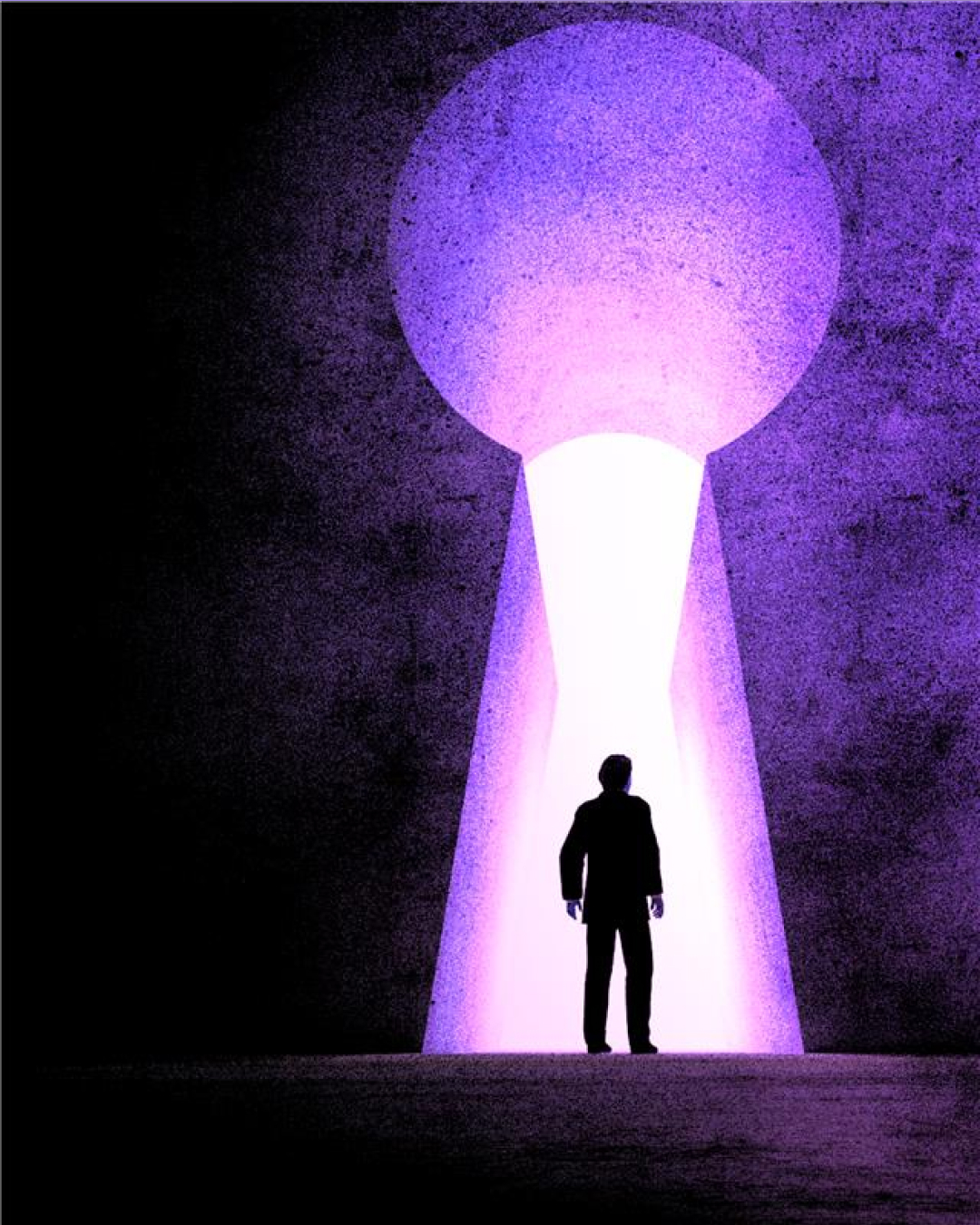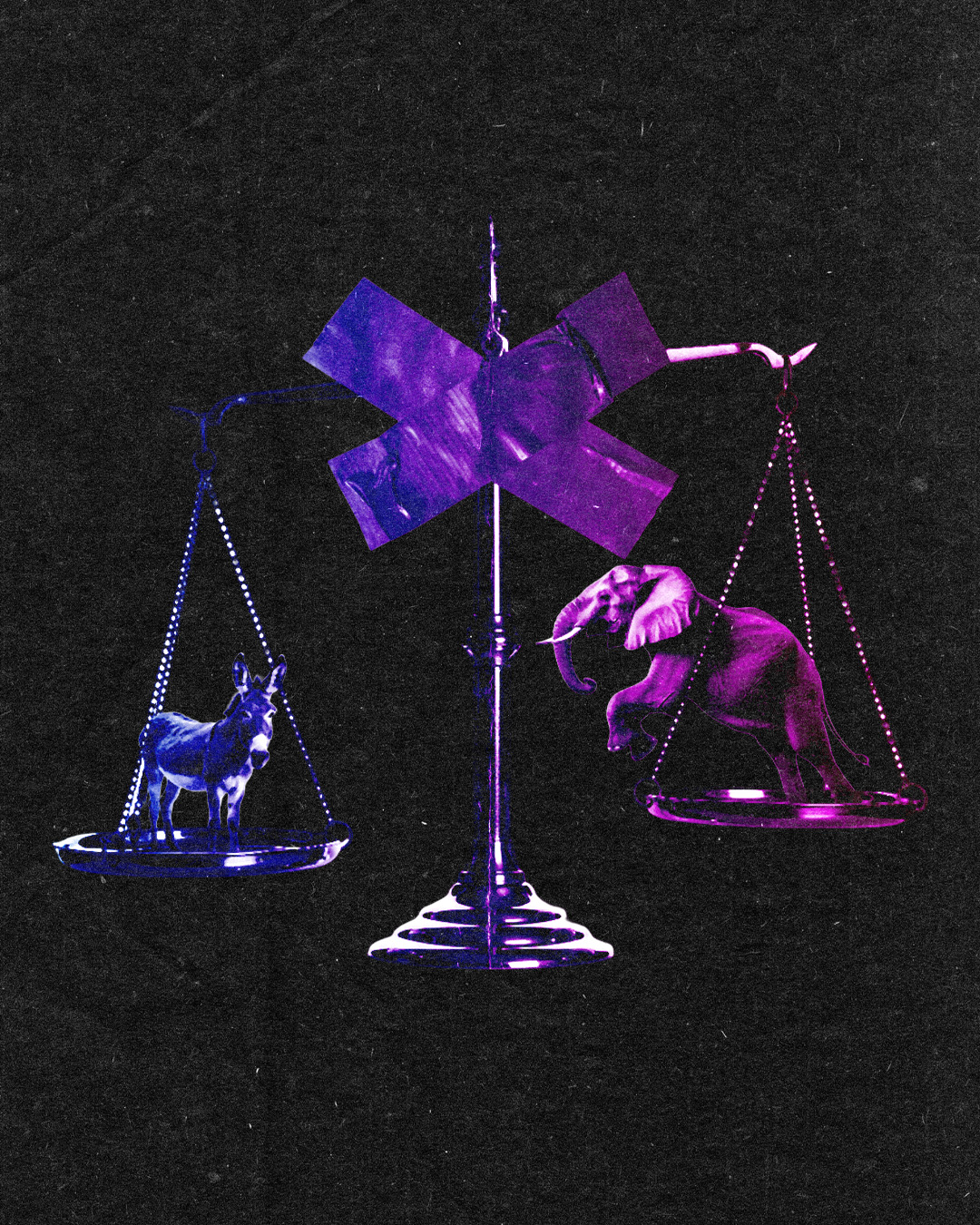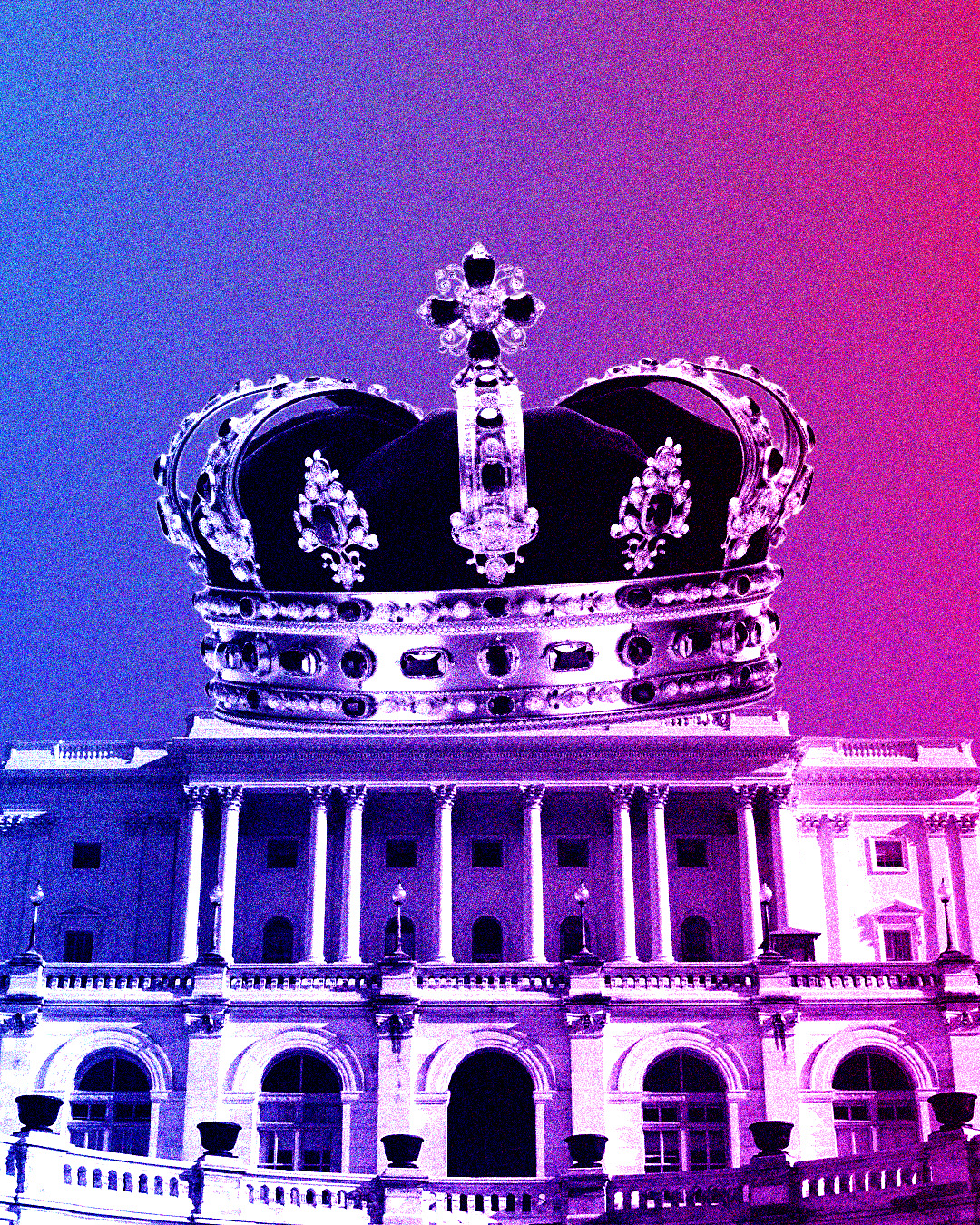What is the community asking our policy experts this week?
What actually happens during a government shutdown?
Well, for starters, not everything stops. The short version is that no one will get paid during the shutdown. Essential, or in the legal language “excepted,” employees will go to work, and all non-essential employees will receive a possible unpaid vacation. In the past, government employees have been compensated with back pay, but while it is specified in law that the furloughed employees are supposed to get paid for the time they were furloughed, it is left “subject to the enactment of appropriations Acts ending the lapse.” Meaning Congress must actually authorize the back pay.
We’ve talked about the appropriations and budget process before, and government shutdowns start when that process stops. The Office of Personnel Management offers guidance for executive agencies on how to handle all the possible scenarios. The most recent guidance, from January 2024, explains to agencies how to handle all of the HR complexities for employees. But this also has an effect on regular folks, not just government employees.For other issues, the Office of Management and Budget maintains a repository for guidance.
It’s not going too far out on a limb that each shutdown is somewhat unique. Though the Constitution and Antideficiency Act make the fundamental legal reasons for a shutdown common throughout. The political reasons are often “different” but could all be considered due to a lack of courage or political will. Usually, the courage to negotiate in good faith or the courage to engage in the long-running American tradition, dating back to the debates over the constitution itself, of compromise.
The last four major shutdowns, which lasted longer than a business day, occurred in 1995-1996, spanning 26 days across two shutdowns; September 2013, lasting 16 days; and from December 2018 to January 2019, 35 days. In each of these shutdowns, essential workers maintaining public safety and defense, hospitals, air traffic control, and some congressional staff continued to work. In 2013 the shutdown did affect national parks, but in the 2018-19 shutdown, parks remained open, though without typical visitor services. The 2013 shutdown also included suspensions of environmental inspections and even food safety inspections. While air traffic control and Transportation Security Administration staff are supposed to be excepted employees, the 2018-2019 shutdown saw disruptions to air travel. Oh, and if you were hoping to get approved for a mortgage during a shutdown, the IRS isn’t going to be able to do those Social Security number verifications as part of your mortgage application.
Things that won’t stop are things that are outside of the appropriations process. Medicare and Social Security are mandatory spending so payments will still go out. However, new cards won’t be able to be issued or verified. While it isn’t likely, there is precedent from the 1995 and 1996 shutdowns that new enrollees to these benefits may be shut out from accessing them until after the shutdown is over. The CDC has a lot of grant-funded programs that are outside of government funding, so this research will continue; any other agency or department that has positions funded by outside funding will also continue.
What’s the deal with H1B visas?
The H1B visa is simultaneously unremarkable and remarkable at the same time. Visas themselves are pretty humdrum affairs. They allow you to visit a place for an extended period of time, some allow for refugee or asylum status, and others even work there and seek permanent residency and even citizenship. Pretty much every country has a system of visas to allow folks to live, work, study, or vacation in their country. The United States is no different.
At its core, the H1B visa allows people to work in the United States who are not originally from the United States. There are many categories of work visas for different types of occupations. What sets the H1B apart is that it only applies to folks with very specialized skill sets and education. Physicist Michiho Kaku calls it the “genius visa” and refers to it as America’s secret weapon to lead the world in scientific endeavors. He might know a thing or two about being a genius; his high school science fair project was building an “atom smasher” and creating antimatter in the 1960’s.
The H1B also happens to be limited. There are only 85,000 that can be issued each year and they are issued as part of a lottery, as there are always more applications than there are visas. You also have to have an employer sponsor who is willing to say that no one in the United States is capable of doing the thing you do.
With the recent announcement that the Trump Administration is adding a $100,000 fee to each new H1B visa, this is going to have an impact on America’s ability to stay ahead in the STEM fields. The H1B has been the source of brain drain for other countries to our benefit. The Visa is only good for six years, but it’s also a great launching point for a green card (permanent residency) or eventual citizenship. According to Axios, a White House official told them "we remain committed to cementing America's technological and scientific dominance." But this new fee is going to handicap our ability to attract the brightest minds in the world to come to the United States and keep our competitive advantage.
The H1B also has a specific subcategory called the H1B2. These highly skilled workers are specifically allocated to the Department of Defense. The original proclamation from the White House did not specify an exemption for the H1B2 visa. While this new predicament will have an impact on the broader STEM economy, it’s also going to have an impact on things the Department of Defense is working on, possibly having an impact on our national security.
Finally this is going to have an impact not only on the existing tech economy, but also the local economies that support larger tech hubs. One study found “causal evidence that U.S. MNCs [American Multinational Corporations] respond to restrictive skilled immigration policies by expanding foreign affiliate employment at existing foreign affiliates and by adding new foreign affiliates.” So when these companies can’t get the talent they need in the United States, they invest instead outside of the United States to meet their needs. That’s going to leave the local dry cleaner down the street from the tech hub with less foot traffic. Same with the sandwich shop nearby that has that family recipe that just can’t be recreated in the office cafeteria. These are what economists call 'spill-over effects’ or what most of us would call “unintended consequences.” Chasing a headline about immigration is only going to hurt us in the long run.
What are the limits to the First Amendment?
At the heart of the American experiment is the sacred right to freedom of expression, but protections from government encroachments on this right do not extend to all means of expression of one’s ideas. Once the U.S. Supreme Court was steadily given more authority over its own docket at the turn of the 19th century, it began to hear more cases regarding individual liberties and fine-tuned the law’s understanding of our First Amendment rights.
In Schenck v. United States (1919), the U.S. Supreme Court articulated, for the first time, what we have come to know as the “clear and present danger” test; Justice Oliver Wendell Holmes, Jr. articulated the legal standard for restricting freedom of speech that could potentially result in significant danger. Under this test, speech will not be protected if words used in a specific context pose a clear and present danger to public safety or security that the government has the right and responsibility to protect. This test was initially used to justify the punishment of anti-war speech; the Court unanimously decided that the government was owed greater deference during wartime, even when constitutional rights were at risk of being violated. This is also the case that made famous the persistent myth that one can’t yell “fire” in a crowded theater.
Justice Holmes famously penned the often misinterpreted “fire in a crowded theater” analogy in the Schenck decision. The analogy would not hold up to further scrutiny, and neither would the “clear and present danger” test. In Brandenburg v. Ohio (1969), the court replaced the “clear and present danger” test with the “imminent lawless action” test. The new legal standard requires speech to be intended to incite and likely produce lawless action in order to be punishable. Brandenburg, a leader in the Ku Klux Klan, challenged a law that made advocating “crime, sabotage, violence, or unlawful methods of terrorism” as means to accomplish reform and assembling with others who teach or advocate for criminal syndicalism illegal. The Court decided that the Ohio law was too broad as it ignored whether speech would actually incite lawless action, and was thus unconstitutional.
The Court has established a test that is an exception to the strict scrutiny principle when determining government encroachment on freedom of expression as it relates to incitement of violence or other lawless actions. The Court has also settled disputes regarding who is afforded First Amendment protections and under what circumstances, and whether First Amendment protections cover speech that makes others uncomfortable and encroach on the liberty of others.
When a group of students in Des Moines, Iowa planned to show support for a truce in the Vietnam War by wearing armbands to their public school, the principals of the school created a rule that would mean any student wearing the armband would be asked to remove it. Parents of the students sued the school district. In Tinker v. Des Moines (1969), the Supreme Court ruled that wearing arm bands qualified as pure speech that is entirely separate from actions or conduct of those participating in it and that students did not lose their right to freedom of speech when they entered the school. School officials must also prove that the conduct in question would “materially and substantially interfere” with school business; the school’s actions had stemmed merely from the fear of possible disruption. Justice Byron R. White, in a concurring opinion, noted that the majority opinion relies on a distinction between communication through words and communication through action. In a dissenting opinion, Justice Hugo Black argued that the First Amendment does not provide individuals with the right to express any opinion at any given time because the armbands caused a disruption. Black represents a minority view, of course; the decision was reached 7-2.
In Texas v. Johnson (1989), the Supreme Court was confronted with a dispute regarding burning the American flag. Gregory Lee, as a means of protesting the Reagan Administration, set an American flag on fire and was subsequently tried and convicted under a Texas law that had banned flag desecration. The Court determined that flag burning was a form of expression protected by the First Amendment and that Lee’s actions fell under the category of expressive conduct and had a distinctively political nature. It struck to the core of American principles related to freedom of expression; speech, ideas, or expression that an audience takes offense to is still protected speech. Writing for the majority, Justice Brennen states, “[i]f there is a bedrock principle underlying the First Amendment, it is that the Government may not prohibit the expression of an idea simply because society finds the idea itself offensive or disagreeable."
We see over the course of a few decades and nearly two and a half centuries of the American experiment that the right to freedom of expression has evolved from a limited scope to a much more expansive scope and can only be restricted in extraordinary, limited circumstances. The diverse range of opinions individuals hold in the United States and their ability to freely express them, mostly, is the “marketplace of ideas.” Persons in the U.S. accept that tolerance to discord is an important aspect of the American experiment. However, we should not be quick to equate being legally correct with being morally correct. Repugnant speech is still protected speech, but because we live in a society that encourages the free expression and exchange of ideas such speech is not protected from scrutiny.
Finally, the First Amendment only applies to the relationship between persons in the U.S. and the government. Social media companies are free to expel users who violate terms of service, and broadcasting companies are allowed to cancel programs whose content they no longer wish to share. American jurisprudence interprets an individual’s right to freely express themselves quite expansively, allowing restrictions to be placed upon speech that infringes on the rights of others and punishment for speech that intends to incite lawless actions.





